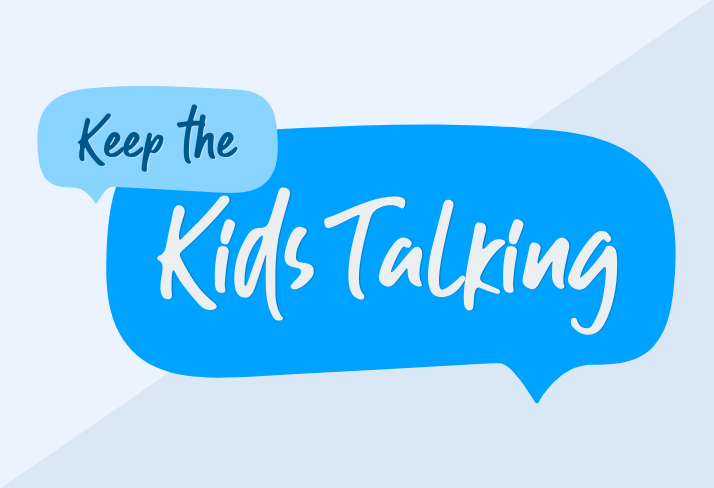|
How to implement discussion opportunities that help students solidify their learning and connect with peers.
We’ve all had moments where getting students to talk has not been a problem, but when it comes to academic conversations in the classroom, it can be hard to keep the conversation going. Students might be unsure of where to go next, how to change the topic, or even questioning what discussion is good for. Educators might be asking themselves the same questions! What are the advantages of discussion in the classroom, and how can we encourage students to facilitate their own meaningful conversations?
Why discussion?
First, let’s talk about the importance of discussion. In their book, Academic Conversations: Classroom Talk That Fosters Critical Thinking and Content Understandings, Zwiers and Crawford note that conversations foster all three language learning processes: listening, talking, and negotiating meaning. Not only can these skills be found in the Common Core State Standards (CCSS), but they are also skills we use every day in our own conversations, whether they are academic in nature or more casual. Conversation opportunities give students an authentic space to practice new vocabulary, solidify content learning, strengthen argumentation skills, and connect with their peers. Discussions also need to be connected to some rigorous questions. What makes a rigorous question? Check out the work of my colleagues Jacqui Stolzer and Dr. Laura Rigolosi to explore how one high school is constructing their own definition of rigor, in service of developing high expectations and meaningful work for their students.
What can I do to encourage discussion?
As educators, we can purposefully build these conversation opportunities into our lessons, and even beyond that, we can highlight and model talk moves for our students. Parsing out ways to make a conversation meaningful and creating a guide for students can be a powerful way to ensure they are not only learning content through discussions, but becoming effective communicators as well.
Where do I start?
Below is an example of how you can start to plan, practice, and implement more student-led discussions in your classroom.
After you’ve had time to practice a few different discussion skills, put them together. Consider pairing students with roles; is someone practicing the role of “Devil’s Advocate”? How about moving the conversation forward when there seems to be a lull? The more students practice these roles, the more natural they will become.
Don’t have the time? Teaching is more than a full-time job, so if this seems like something you really want to try but you just don’t have the time to go through all the skills yourself, check out the work done by Uncommon Schools in their Habits of Academic Discussion Guide. You can also check out Keep the Kids Talking, which offers self-paced opportunities to examine questioning & discussion practices and receive feedback from our coaching team. Happy discussing! |
|
The Center for Professional Education of Teachers (CPET) at Teachers College, Columbia University is committed to making excellent and equitable education accessible worldwide. CPET unites theory and practice to promote transformational change. We design innovative projects, cultivate sustainable partnerships, and conduct research through direct and online services to youth and educators. Grounded in adult learning theories, our six core principles structure our customized approach and expand the capacities of educators around the world.
|
ABOUT US
525 West 120th Street, Box 182 New York, NY 10027 416 Zankel Ph: (212) 678-3161 [email protected] Our Team Career Opportunities |
RESOURCES
Professional Articles Ready-to-Use Resources Teaching Today Podcast Upcoming PD Opportunities |
COACHING SERVICES
Custom Coaching Global Learning Alliance Literacy Unbound New Teacher Network Student Press Initiative |


























